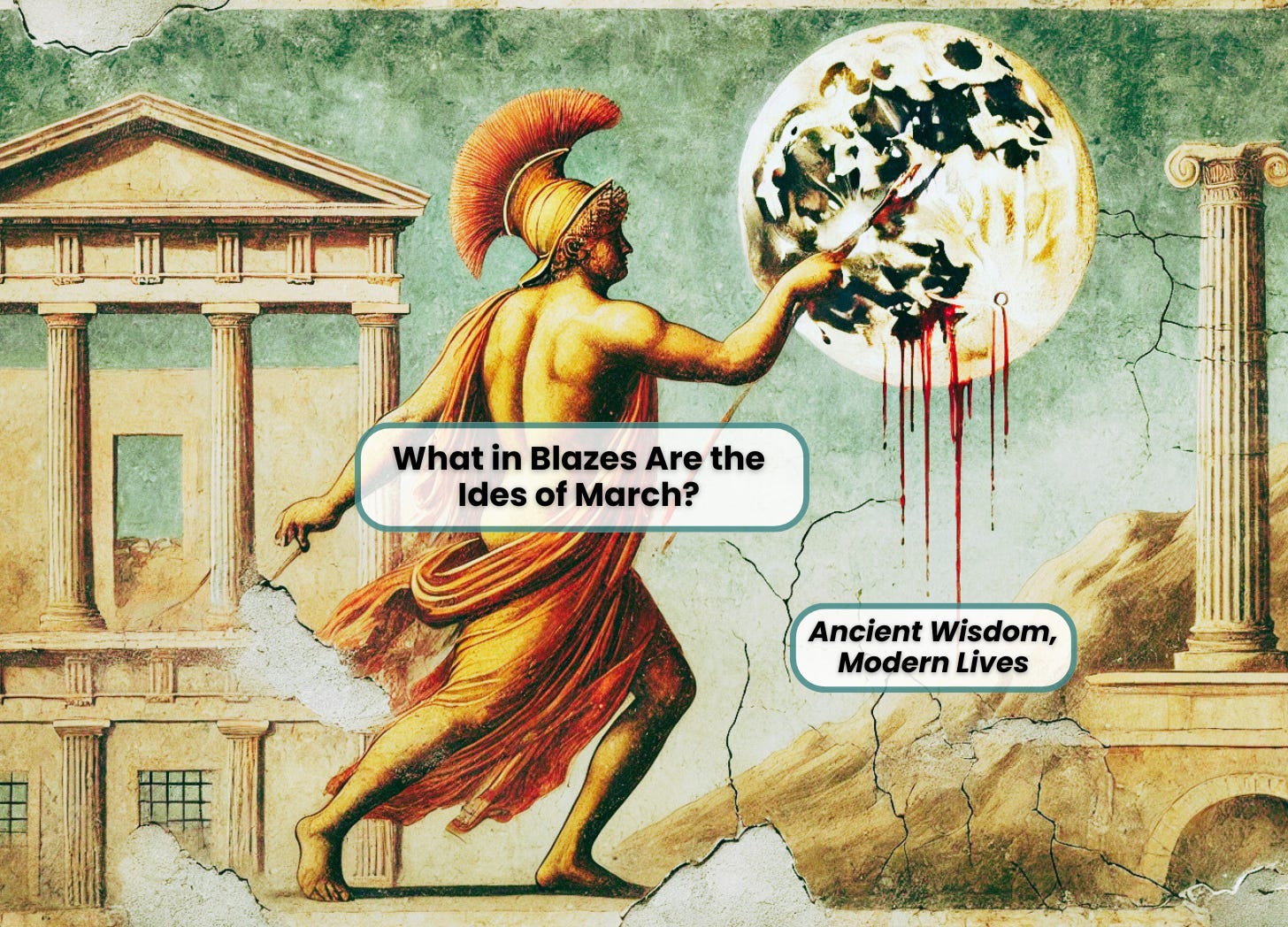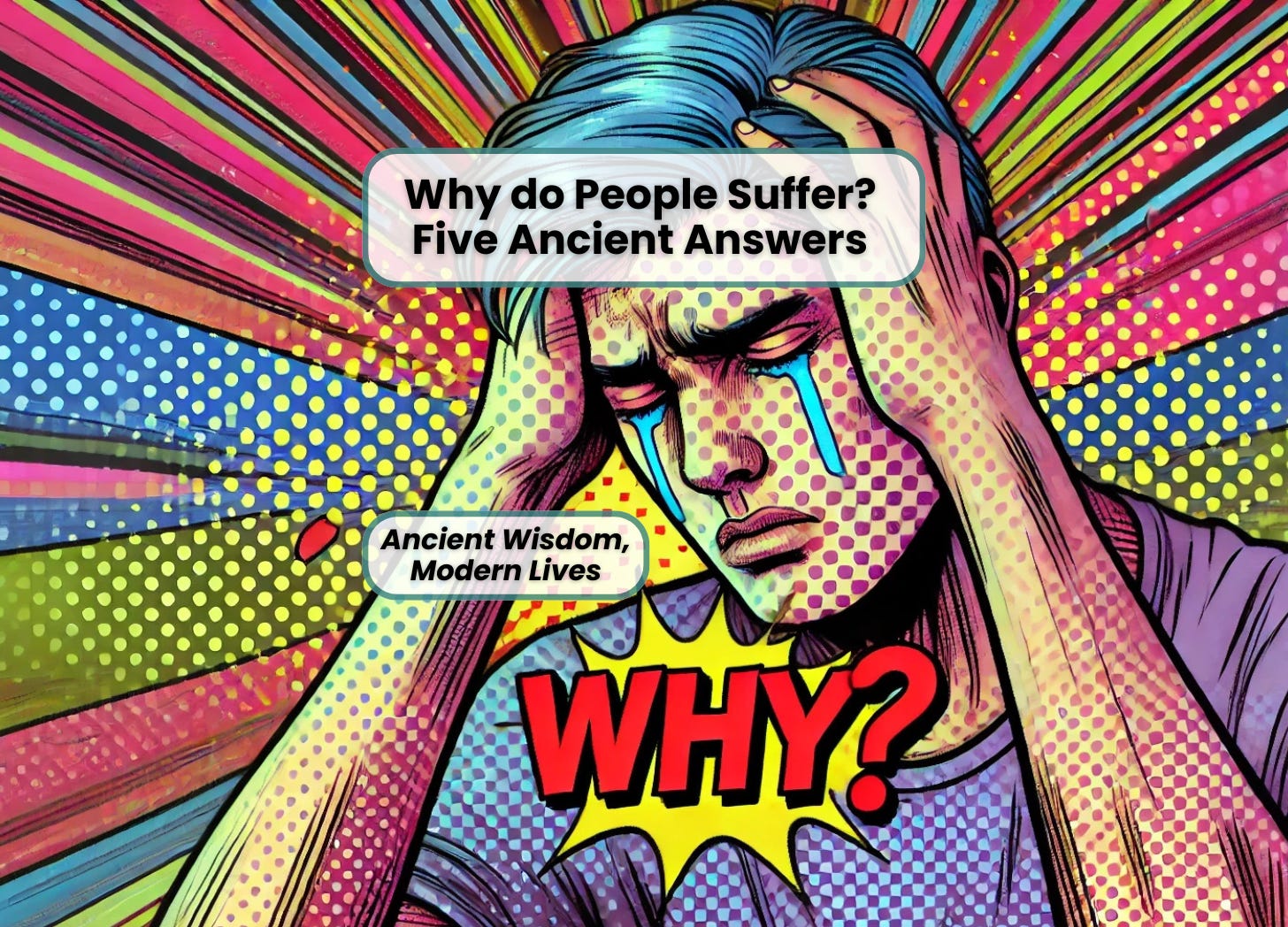How Were Jesus’s Followers Armed?
Newsweek reports on Dr. Dale Martin‘s claim that Jesus was killed because his followers were armed.
Matthew, Mark, Luke, and John all agree that crowds supporting Jesus carried weapons of some sort, usually translated “swords.” (Curiously, the Newsweek article omits Matthew.)
But Dr. Paula Fredriksen is quoted in the article as arguing that “the Greek word used in the Gospels that Martin interprets as sword really means something more akin to knife.”
She’s almost right. The word, machaira, means both “sword” and “knife.”
In Genesis 27:40, Abraham raises a “knife” against his bound son. In Hebrew, that’s ma’achelet and in Greek translation, machaira. Though etymology is notoriously unreliable, the root shared between the Hebrew words ma’achelet (“knife”?) and ochel (“food”) suggests some connection between the knife and food. But even if there is a connection, a ma’achelet is surely not a butter knife. It’s a sharp blade that’s deadly enough to slaughter with.
Furthermore, we also find machaira used to translate the Hebrew word cherev, “sword.”
I no longer actively write this blog, but you can find me at Ancient Wisdom, Modern Lives
Subscribe Now I'd love to see you there!Returning to the New Testament (which offers better evidence about Greek, because the Greek in the Septuagint is often a poor translation), we find that machaira is metaphorically the opposite of “peace,” in Matthew 10:34, for instance. And in John 18:10 — the passage about Jesus’s armed followers — one thing we know is that the weapon, a machaira, was carried in a sheath of some sort from which Simon Peter drew it.
Again, the machaira isn’t a butter knife, or (because it hadn’t yet been invented) a switchblade.
I think it’s misleading to say that the word doesn’t mean “sword.” It clearly does. The question is what kind. Perhaps we should call it a “dagger” in English, or perhaps there’s a better specific word, but it was certainly a violent weapon.
Jesus’s followers according to the Gospels were armed.






13 Responses
I imagine that walking around Rome with a sword would get you accosted by Roman soldiers but one could conceal a dagger underneath your “bathrobe”.
So it seems. One question is whether the Roman prohibition against carrying weapons extended to Jerusalem. Some people think yes. Others disagree.
Josephus reports that Judea was afflicted by dagger-carrying bandits at the time of Festus’s arrival, so at the very least, if there was a province-wide prohibition, it was ineffective. (Josephus uses a diminutive of the word xifos to describe the weapons.)
Two knives hardly justifies saying Jesus’s followers were armed. Jesus said two is enough and they were carrying them along with money bags so that he would be seen as an evil doer to fulfill the prophecy He will numbered among the transgressors’. The difference between the right word and the the almost right word is the difference between lightning and the lightning bur. When he sent them out two by two they were not to go armed. You could say two of his followers had knives on the night he was arrested, but you can’t say his followers were armed. He did after all teach non-violence. IMHO
BloggingJesus, I like your comment against the idea that a few mentions of weapons paints a picture of a group that was always armed. However, I don’t think you go nearly far enough.
All of the Judeo-Christian writings teach real spiritual truths and that level of spiritual understanding, particularly when it gets written down, occurs in monasteries, spiritual communities like Qumran, etc. All the world’s great scripture Taoist, Buddhist, Judeo-Christian, or whatever, comes about that way. Even when a mind extremely gifted in spiritual understanding arises outside of a spiritual community, by the time any writing is produced, a spiritual community will exist around him. Those sorts of communities are not involved in violence against other human beings. Unless you believe that some situation is possible in which Jesus would have drawn a sword and killed someone, you shouldn’t think it of his close disciples. It wasn’t that kind of group.
Perhaps some tales of traveling spiritual masters have some validity, but in general I believe skepticism on that point is well advised. I am particularly skeptical of a literal picture of Jesus and his disciples wandering around in the manner the surface level of the gospels depict. The writing of the gospels and the way they encode spiritual truths is exquisitely crafted. Paul gave the story its broad outlines and a spiritual community somewhere refined that into a very polished version.
Clearly the gospels draw heavily from Paul and the OT, but the influence of the Bhagavad Gita and some Buddhist Sutras can be detected as well.
My understanding of this is that these were short (defensive) swords. We must remember the “but now” part of this passage. Yeshua had sent His disciples out before with nothing, but here He was indicating that, with His death and resurrection and the coming of His Kingdom to earth, things would be different, and His people may need to defend themselves. I read this, in order to be be in agreement with other passages, as defense against criminal activity, as opposed to religious persecution. Yeshua clarifies this , at least in part, by rebuking Peter’s response to the group that came to arrest Yeshua (though His arrest was ordained by God, anyway). Knowing what we know about Peter would indicate that he had remained armed (at Yeshua’s side) for the past 3+ years, without rebuke from the Messiah. Add to this the fact that when the soldiers asked Yeshua (Luke 3:14 how they should behave they were not told to disarm OR not to use their swords (which would, of course, be rebellion against the government they served).
I’d recommend “short sword,” or perhaps “dagger.” Our ideas of what is a sword is much more informed by European medieval weaponry rather than ancient Greek and Roman weaponry. A 1 foot blade was considered a sword to the Greeks and Romans, I believe, while that would still be a dagger for many of us.
For me (living in New York and never having held any of these things) a dagger is a kind of sword.
Having spent a season collecting medieval weapons, mostly swords, a dagger (to a collector) is usually a long, narrow, double-edged knife, rarely more than a foot long but certainly longer than a knife, used explicitly for killing another person (as opposed to a knife, which is shorter, singled-edged, and primarily a tool used for cutting things or food). A dagger is distinct from a short sword, which would be in the 2-feet-long size category and was, for example, generally the size of the sword frequently carried by Roman foot soldiers. You wouldn’t use a dagger as a farm tool or to cut your steak at dinner time, though you could. Likewise, you wouldn’t use your steak knife or a carving knife to kill a person, though you could.
How about ‘machete’. Of course it’s the similarity in sound that brings it to mind. But it’s also an instrument that’s primarily agricultural, but pretty unpleasant in a fight.
Mishna Shabbat 6:2 talks about a sayaf (סייף) that men would carry in 2nd century Judea. This would seem to be the cognate of the aforementioned xifos.
Given the semantic field of these terms, I would translate it as “blade,” which can refer to anything from a sharp knife to a sword.
Interesting. Thanks for pointing this out. (It’s M Shabbat 4:6, right?)
The sayif there is an instrument of war, apparently in the same category as a bow and a shield. I’m not convinced that it’s cognate, but even if it is, I don’t see how it helps us distinguish between “sword,” “dagger,” “blade,” “knife,” etc.
(The sayif comes up the context of distinguishing between clothing, which is worn, and objects, which are carried. The latter are prohibited on the Sabbath because carrying is prohibited; the former, obviously, are permitted.
Also permitted are objects that are worn ornamentally.
A sword is obviously not clothing. But is it an object or an ornament? The text indicates some disagreement on the matter, with the majority opinion categorizing swords and other instruments of war as objects, because — on the basis of Isaiah 2:4 [“they shall beat their swords into plowshares…”] — they cannot be ornamental.)
I would say “ought not” be ornamental rather than “cannot” be ornamental. That is, they are forbidden even if worn ornamentally, based on Isaiah eschatological vision.
The Mishna is presumably talking about a sword (a sayaf was used, according to the Mishna, for beheadings).
My suggestion of “blade” is a separate point. It seems that it would cover most if not all of the semantic range of machaira.
It seems such a cludgy, self-conscious “fulfillment of prophecy” to stage a dagger carrying event.